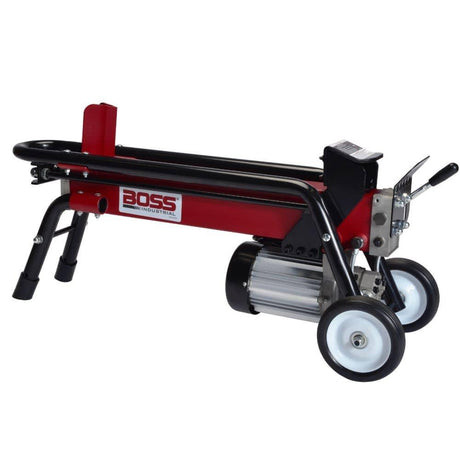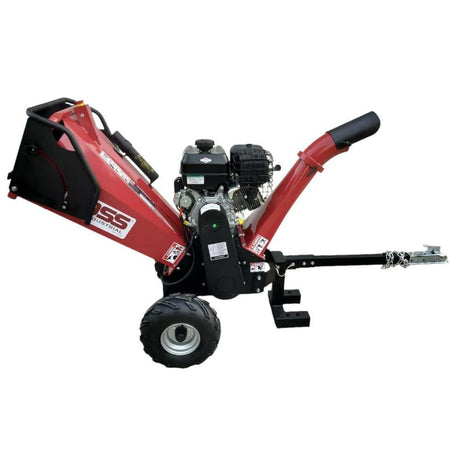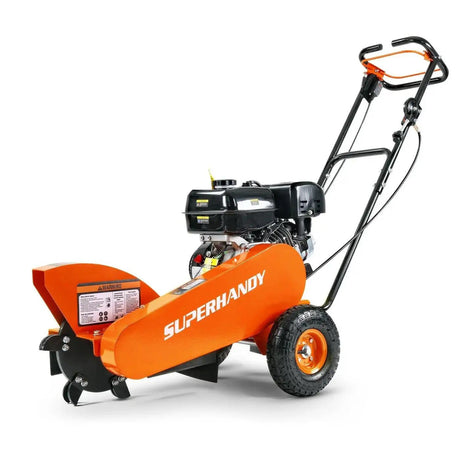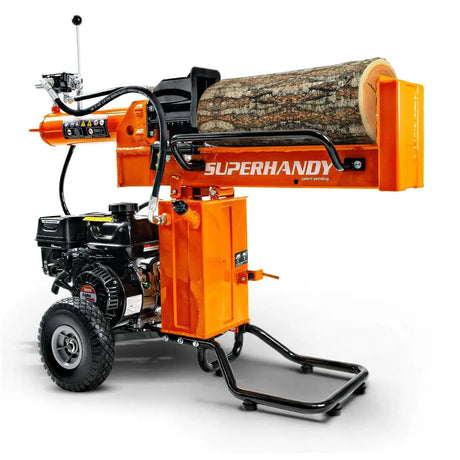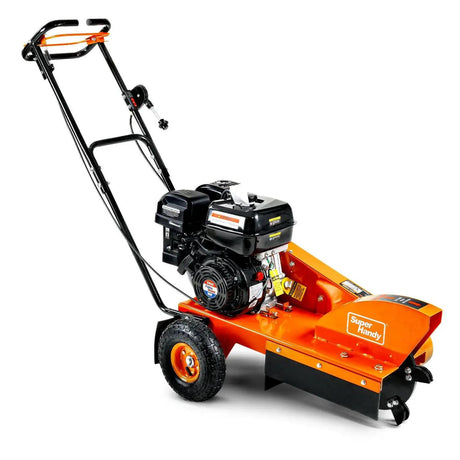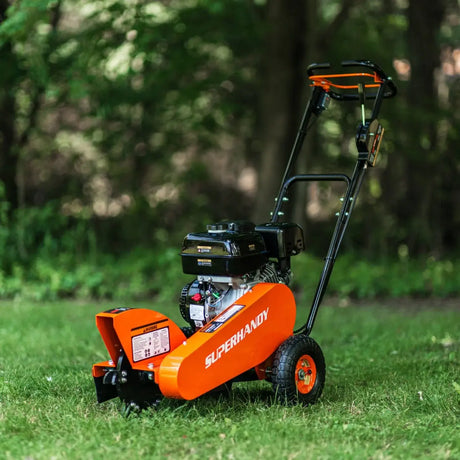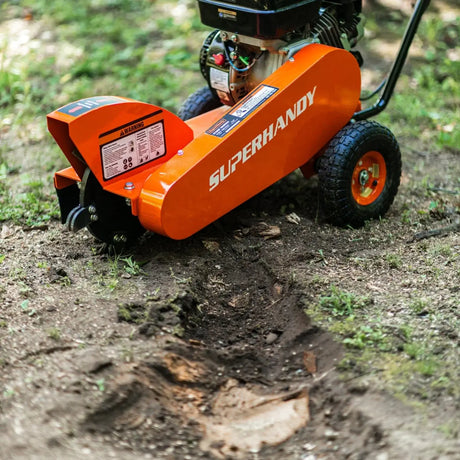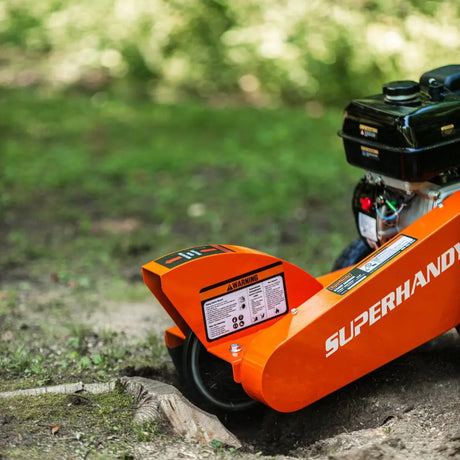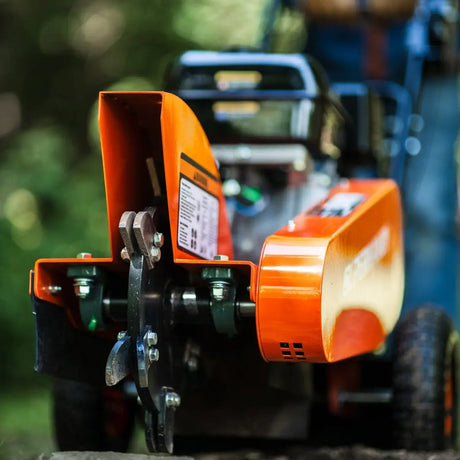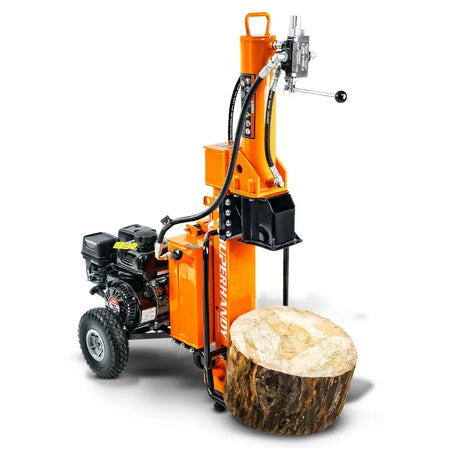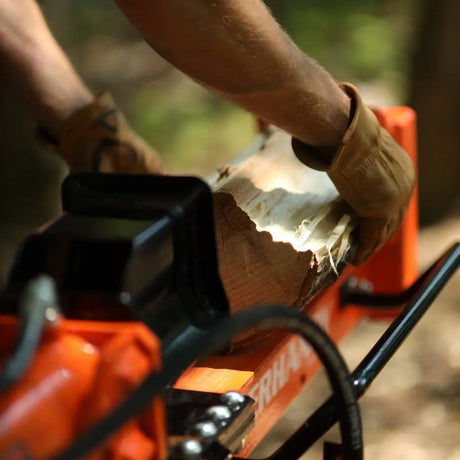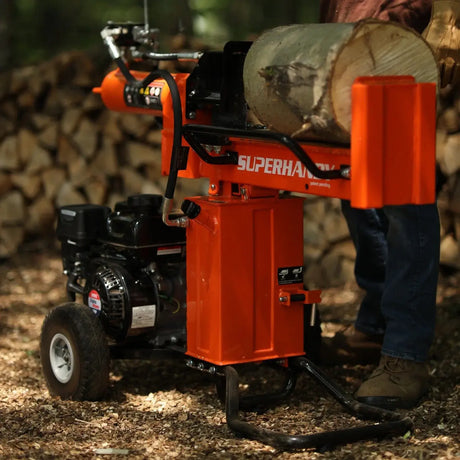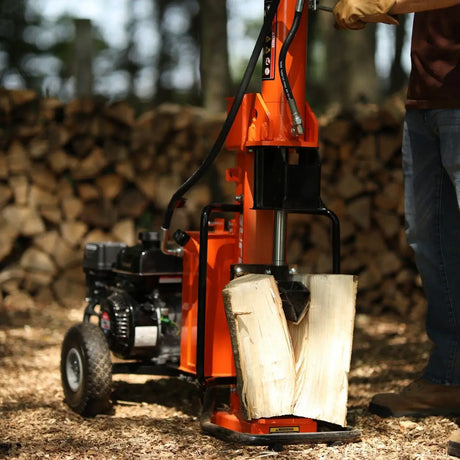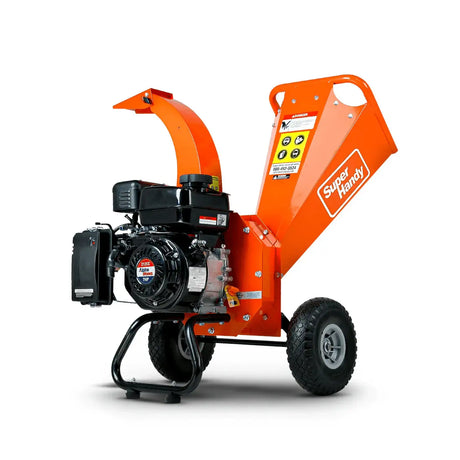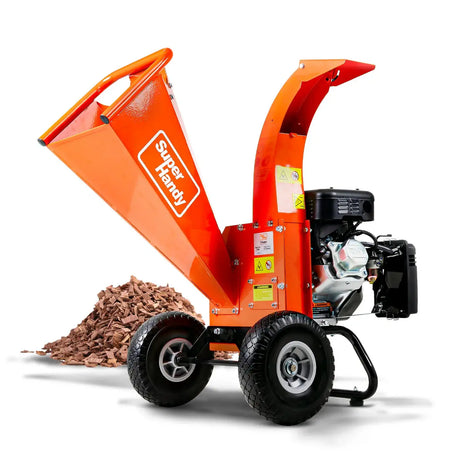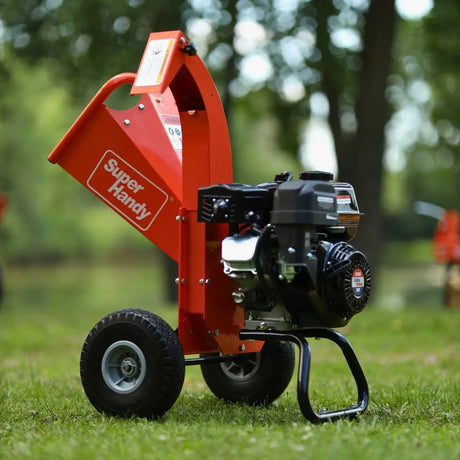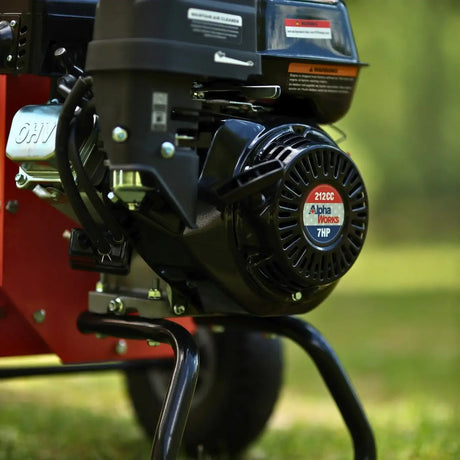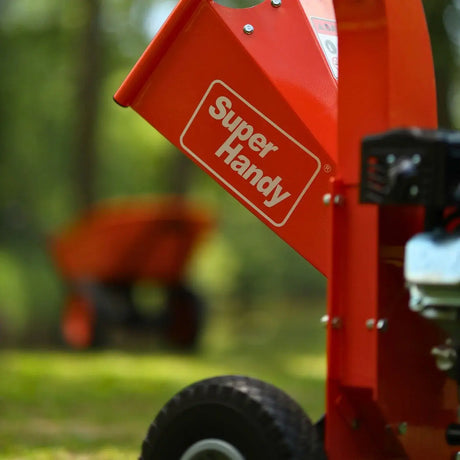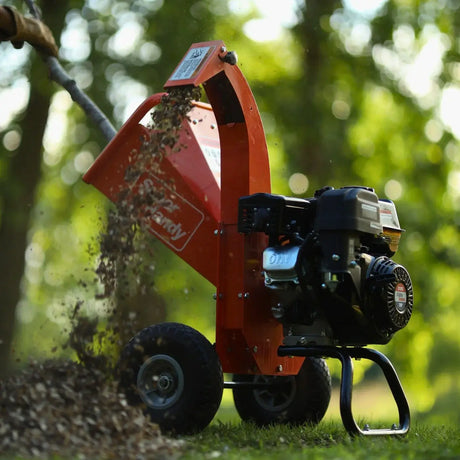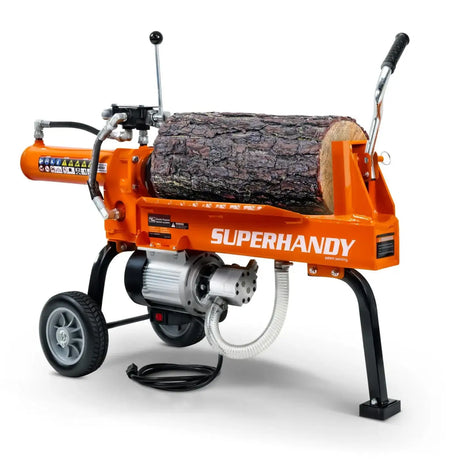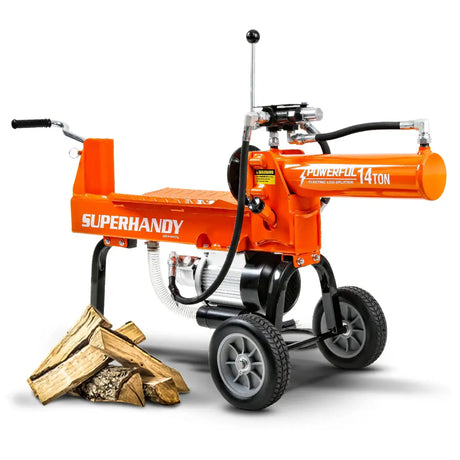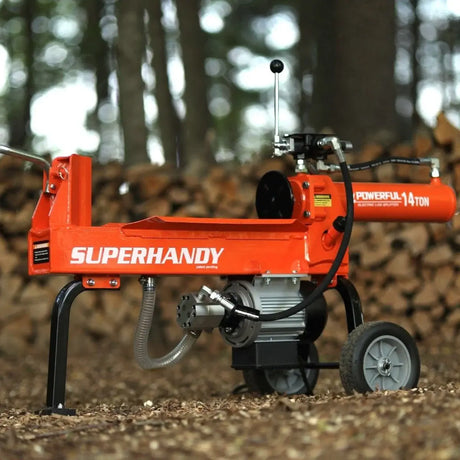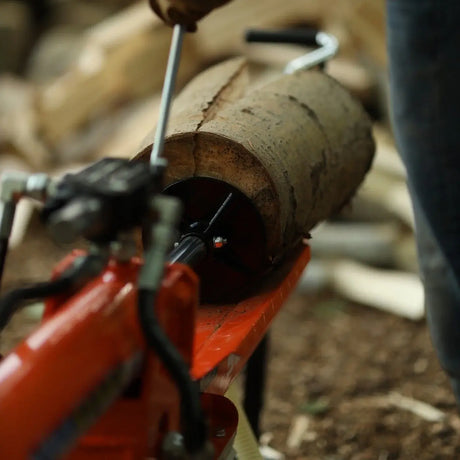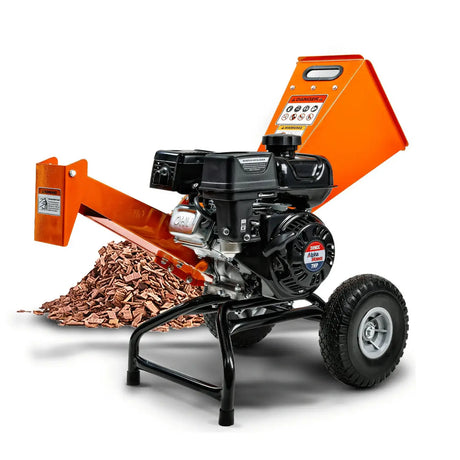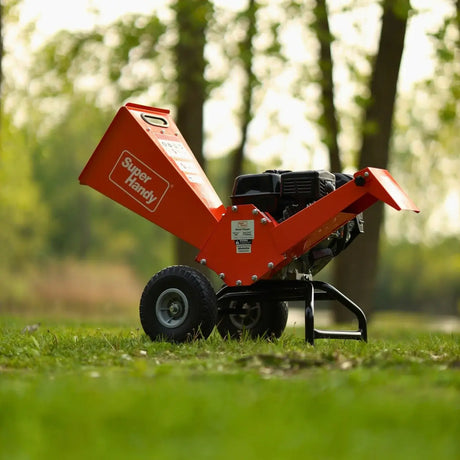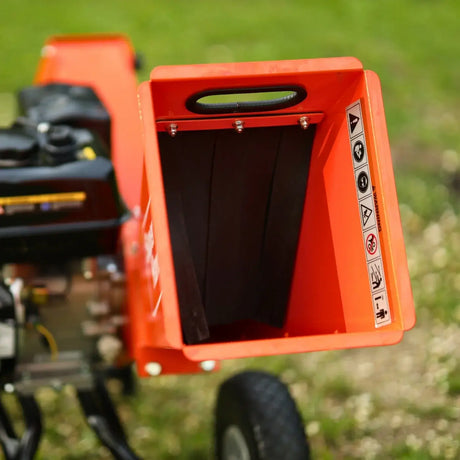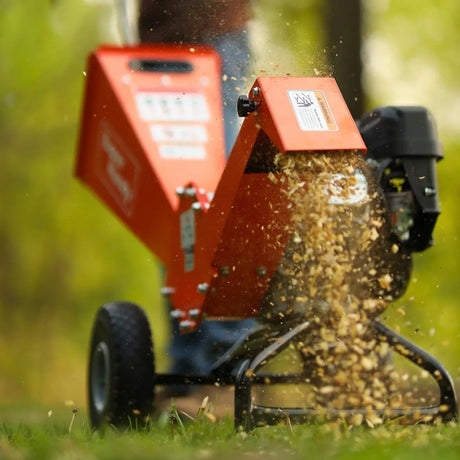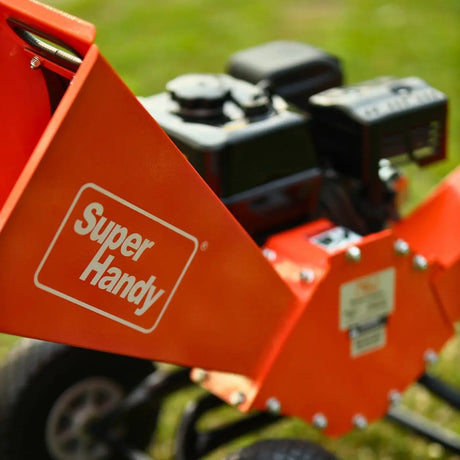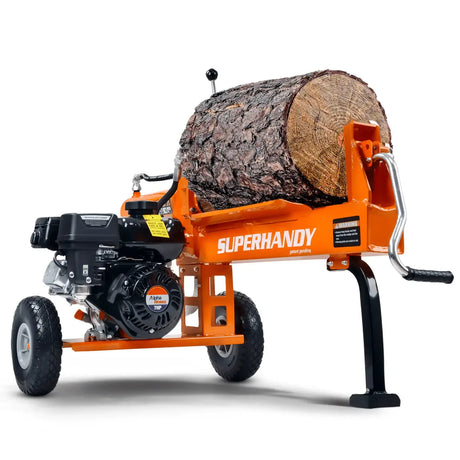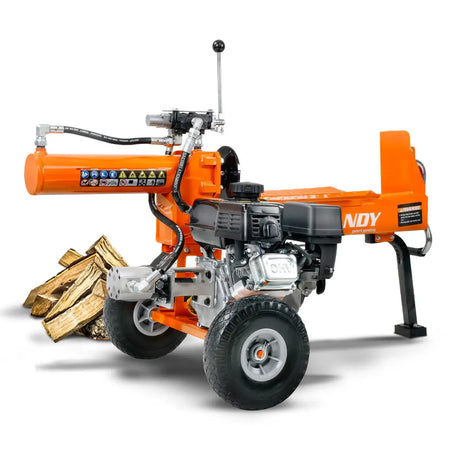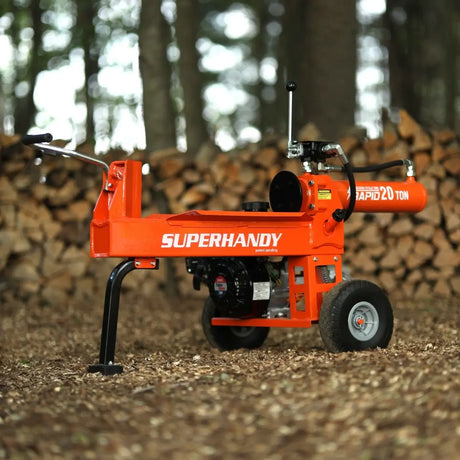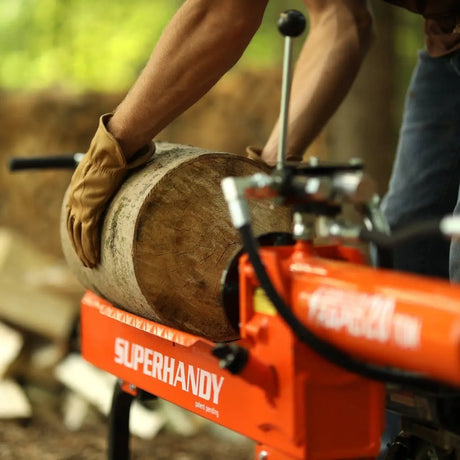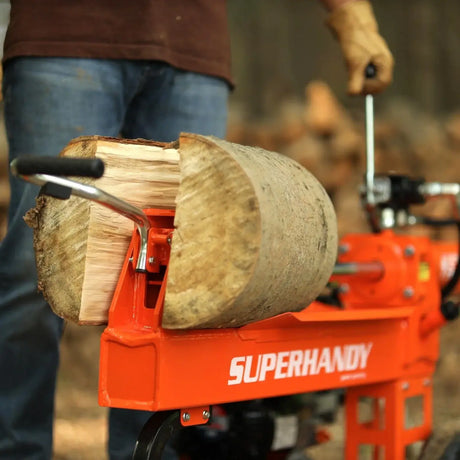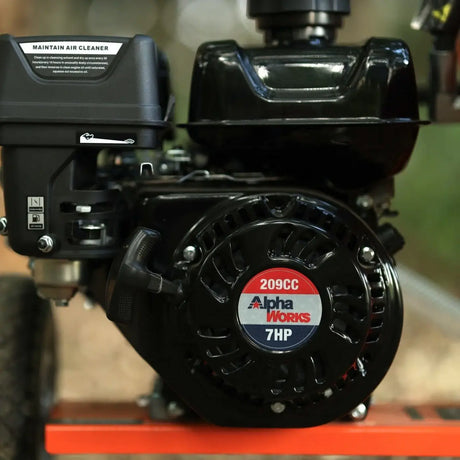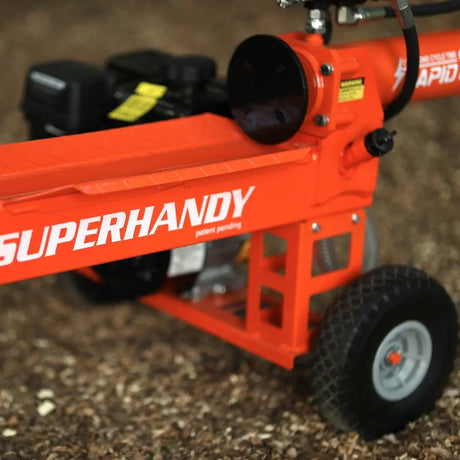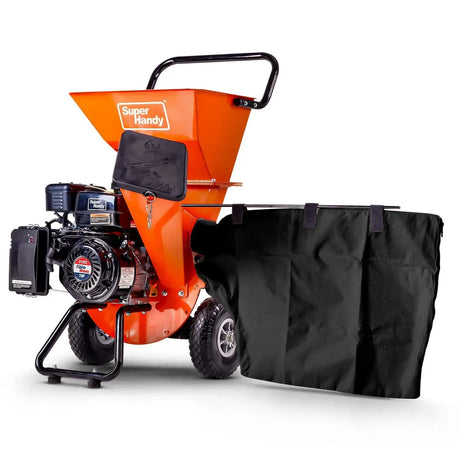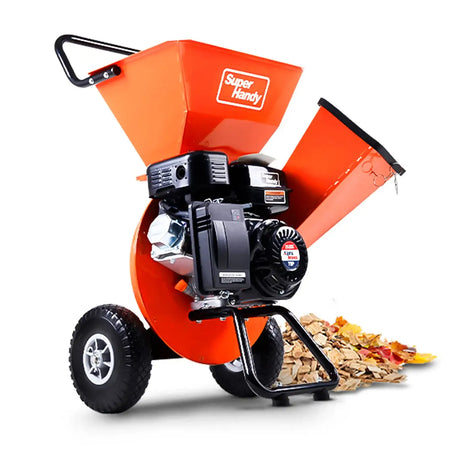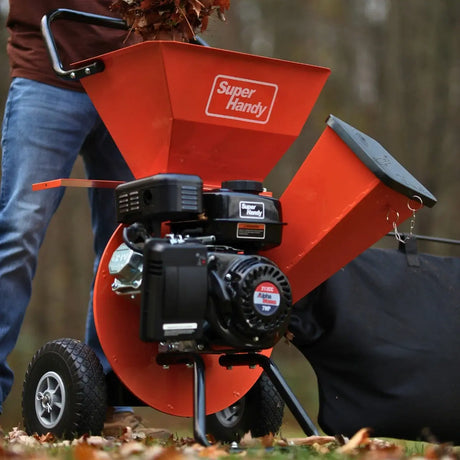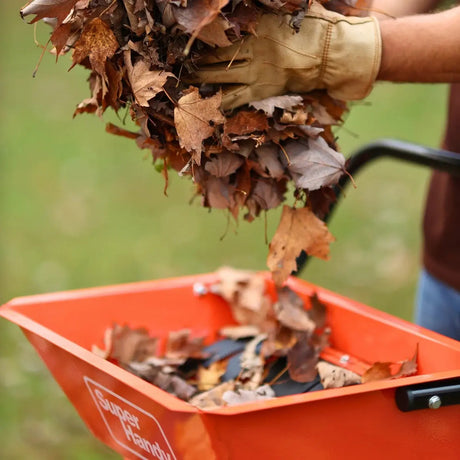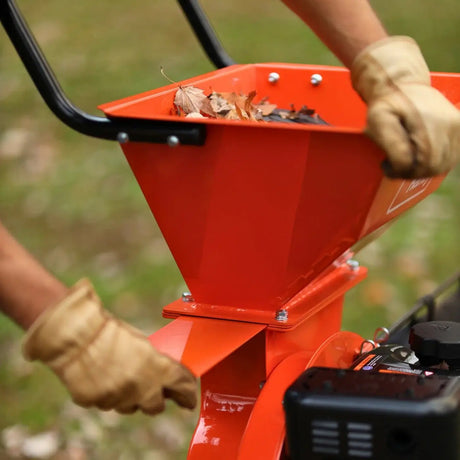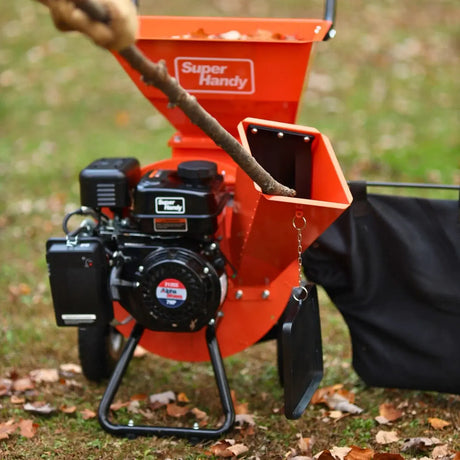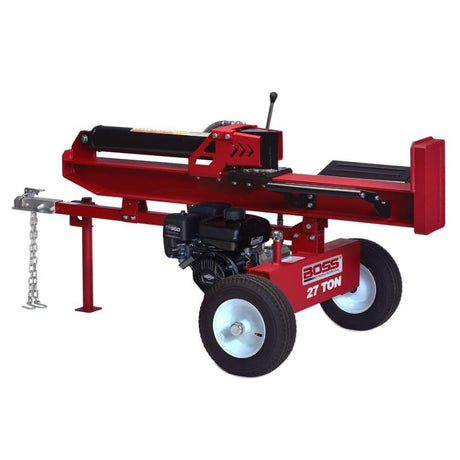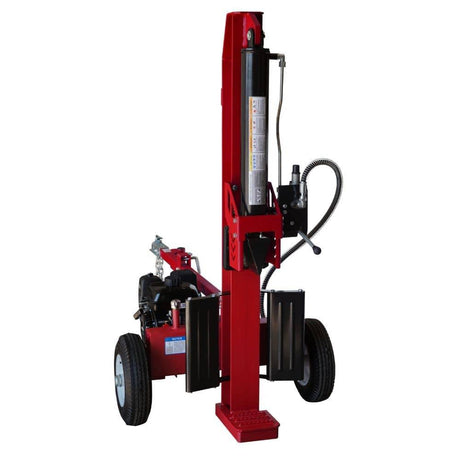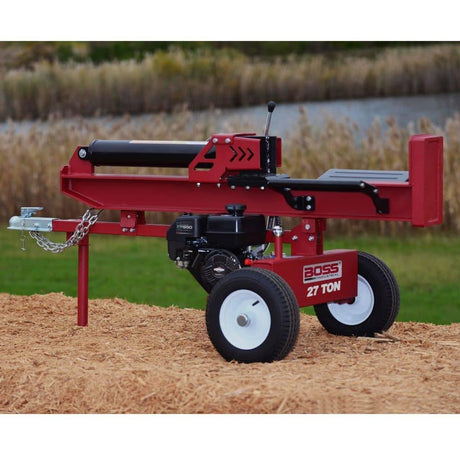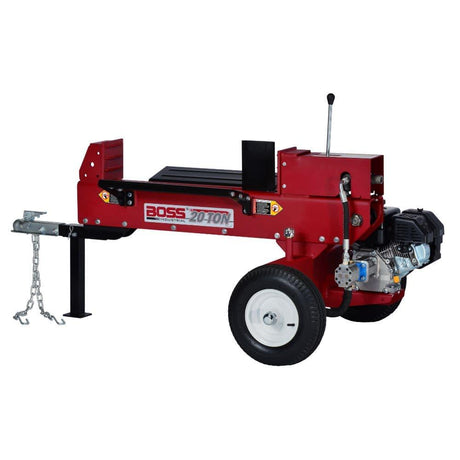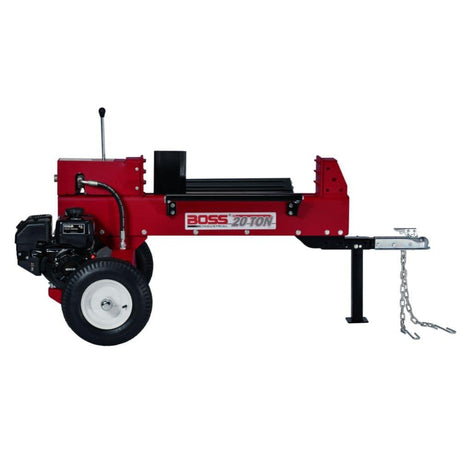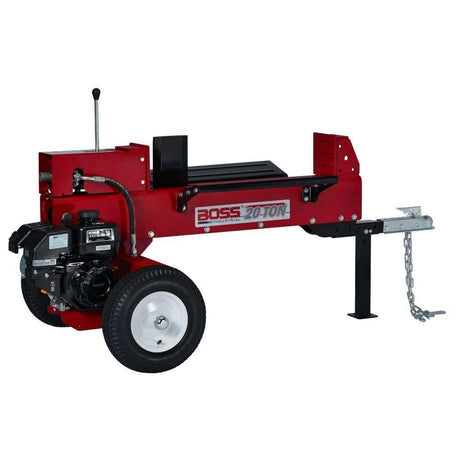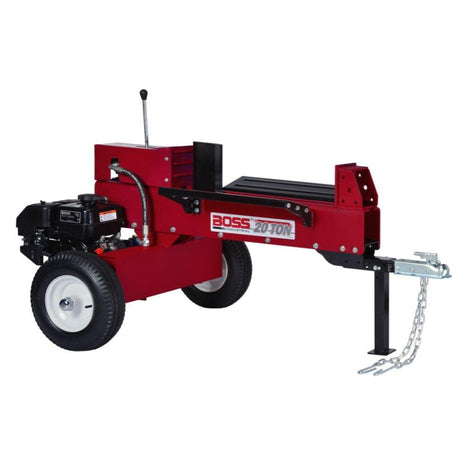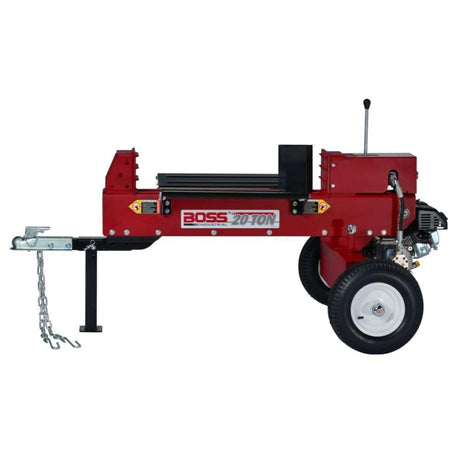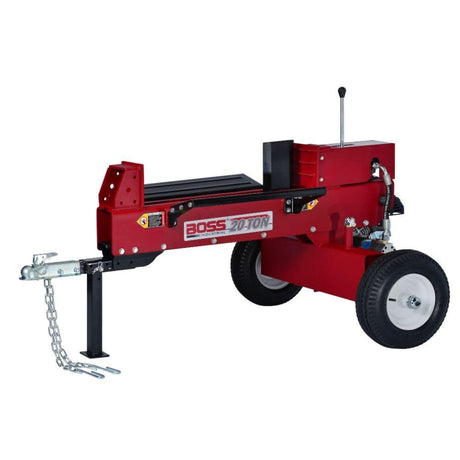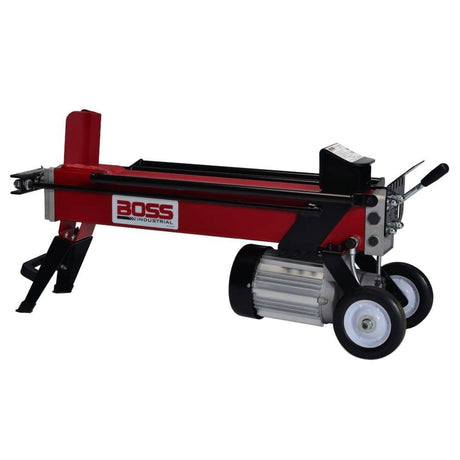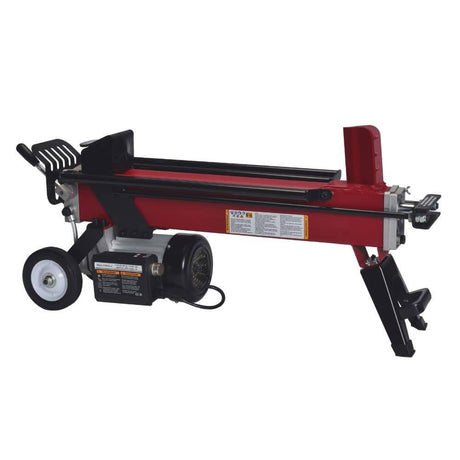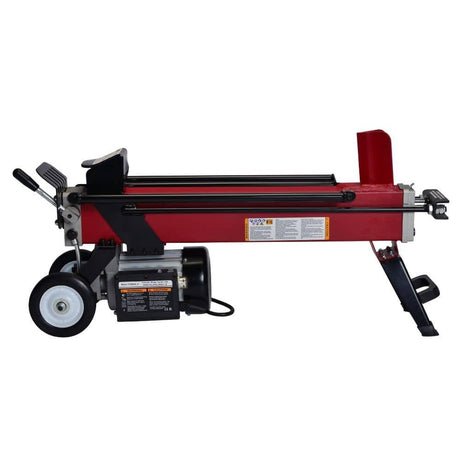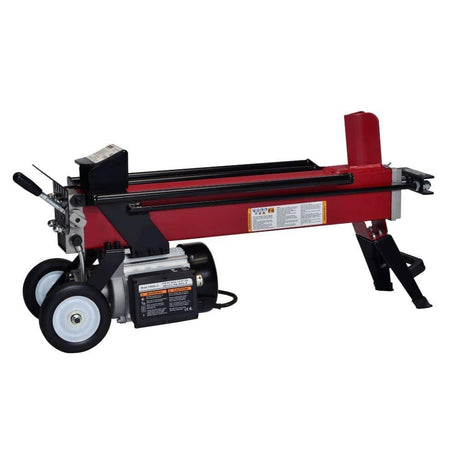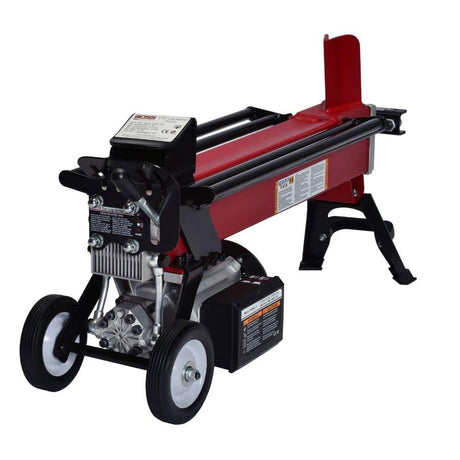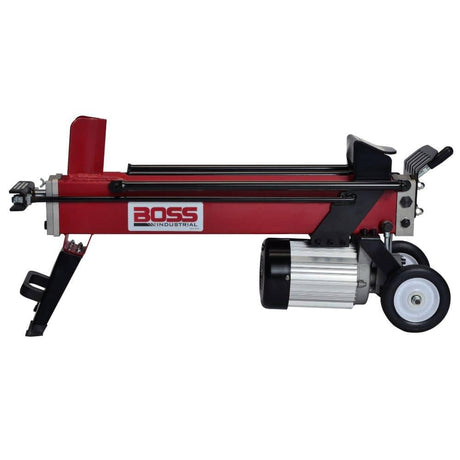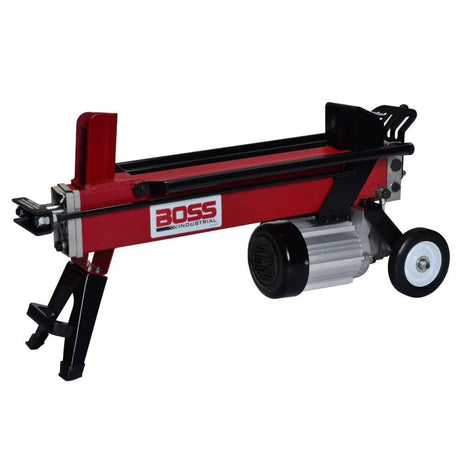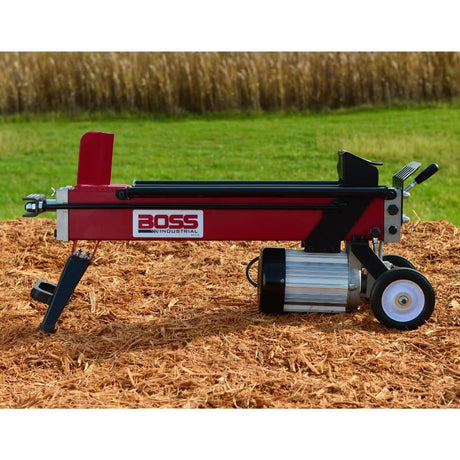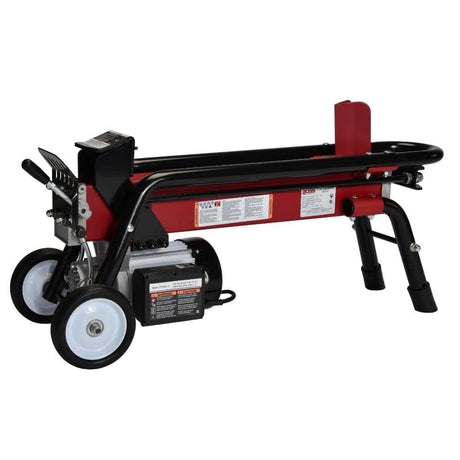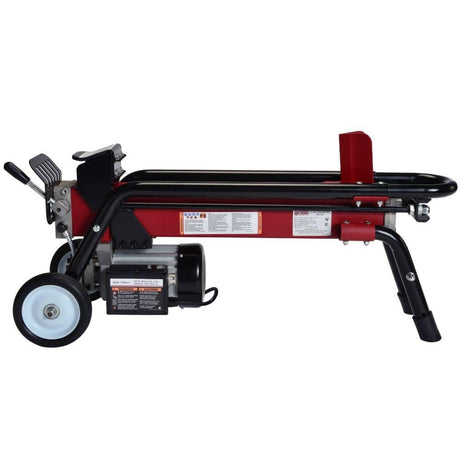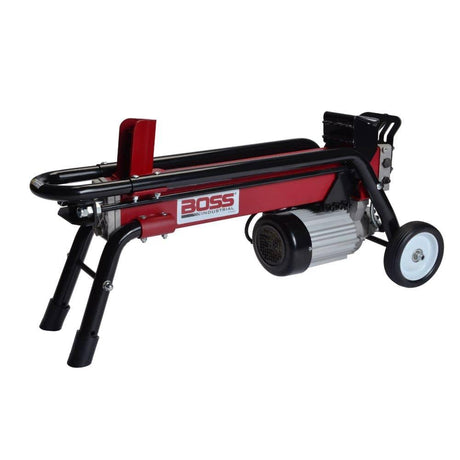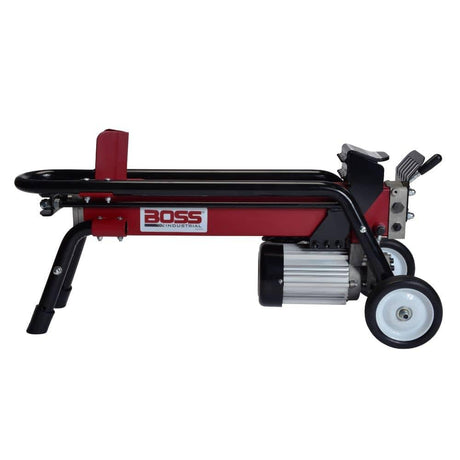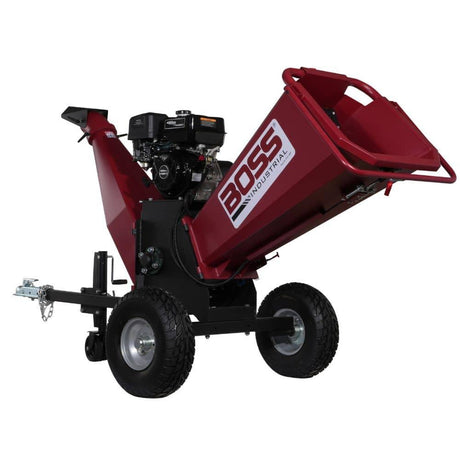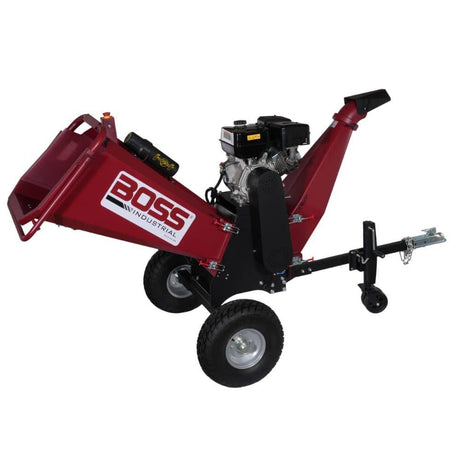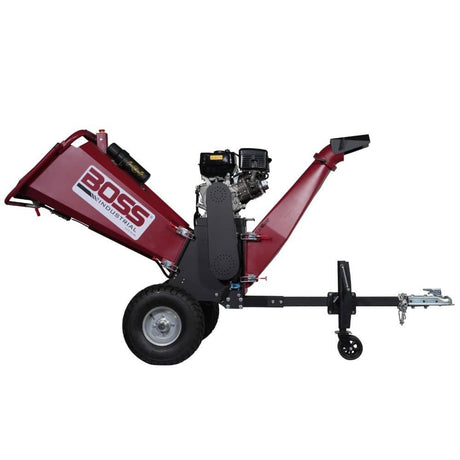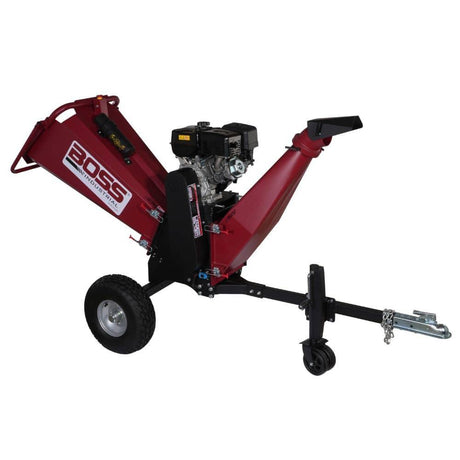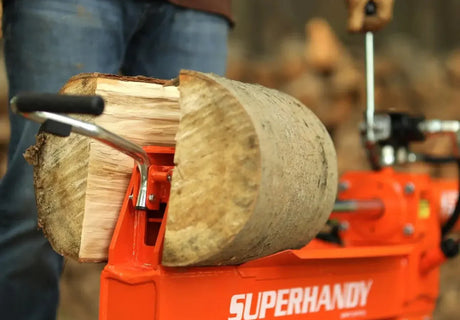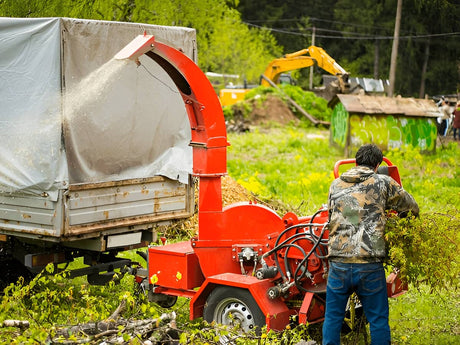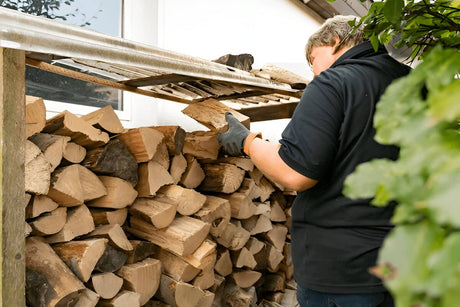Wondering why fall is the best time to split firewood? It's simple: the cooler temperatures, extended daylight, and stable weather make the job easier and more productive. Whether you're heating your home, stocking up for your wood stove, or getting ready for fire pits, fall gives you the edge. Splitting now ensures you've got dry wood ready when it matters most-without paying winter prices or rushing when the snow falls. Let's break down everything you need to know.
Key Takeaways
- Fall offers the best conditions for splitting firewood: dry air, cooler temps, and fewer interruptions.
- Split firewood in fall dries faster and burns cleaner, with less smoke and creosote.
- Preparing now saves money, avoids last-minute scrambling, and makes winter heating more efficient.
- You can use downed branches and cut wood from yard cleanup to create seasoned wood for the cold months.

Why Fall Is Ideal for Splitting Firewood
Fall is a sweet spot. The weather is cool but not cold. The ground is firm. The air is dry. That's everything you want when you're about to cut, split, and stack logs.
You're not dealing with spring mud, summer heat, or frozen winter ground. Less resistance means easier splits. Plus, the outdoor air helps wood dry evenly, especially if you split it right away.
Working in the fall also means:
- Less sweating, more productivity.
- Fewer bugs while you're splitting.
- Longer daylight hours than winter.
And with many common tree species starting to drop limbs, you've got fresh wood to work with. Just make sure to split that green wood right away-it dries faster that way.
Preparing for Winter Heating
Cutting firewood in fall gives you a head start. You won't be scrambling mid-winter when suppliers run low or charge double. And you'll avoid burning wet wood-which produces minimal heat and clogs your chimney with creosote.
Fall is also when storms knock down trees and branches. Instead of letting that wood rot or hauling it away, split it. Turn yard cleanup into fuel prep.
Whether you're heating with a wood stove or using cooking wood for outdoor meals, fall is when you want your firewood stack ready to go.

Cost-Effective Timing
Here's the thing-firewood prices climb fast in winter. Demand spikes. Delivery gets tougher. And good dry wood becomes harder to find.
Splitting firewood in fall lets you avoid those headaches. You cut split early, stack it right, and let the wind do the work.
It's also the best time to buy logs or schedule bulk deliveries. Suppliers are more available, and you'll pay less per cord compared to last-minute orders during a cold snap.
Faster Drying Time
Fall gives your firewood the drying head start it needs. Lower humidity and crisp air mean moisture escapes quicker-especially once the logs are split.
Split firewood dries better because splitting lowers moisture content by exposing more surface area. Less bark means less moisture trapped. Barkless wood dries faster. The result? Dry burning logs that burn hot, clean, and with less smoke.
Here's what helps:
- Stack wood so air can circulate-don't pack it too tight.
- Keep the stack off the ground to prevent rot.
- Cover the top to block rain, but leave the sides open to airflow.
Dry wood lights easier, burns hotter, and keeps your chimney cleaner.

Practical Benefits of Fall Splitting
Fall just makes life easier. The temps are comfortable, the bugs are down, and the ground's dry. It's a good time to get things done outside.
And when you split logs now, you won't have to worry later when it's freezing out. No gloves stuck to steel handles. No logs frozen to the ground.
Easier Outdoor Work
Split wood while the weather's on your side. Cold weather makes tools stiffer, your hands clumsier, and the work more time consuming. Fall keeps the process smooth.
Convenient Cleanup
Most homeowners do yard cleanup in the fall anyway. Fallen limbs? Tree trimming? Turn that debris into fuel. Creating firewood out of storm leftovers makes cleanup useful.

Enhanced Burning Efficiency
Dry wood burns better. Wet wood? Not so much. It produces smoke, smells sour, and adds soot to your chimney walls.
Split firewood solves that. It:
- Burns hotter with less effort.
- Produces less creosote-reducing chimney fire risk.
- Creates less smoke, so your outdoor air stays cleaner.
Dry wood also stays lit longer and provides more consistent heat. That's a big win for wood stove users and fire pits alike.
Want even better results? Use less bark, split your logs smaller, and avoid burning whole logs unless they're fully seasoned.

Tools and Techniques for Splitting Wood
The way you split makes all the difference. Use the right tools, and you'll get through your stack faster-with less effort and fewer blisters.
Log Splitters
If you're working with oak or other dense hardwoods, a log splitter is your best friend. These machines can handle large, tough logs and break them down with ease.
- They reduce strain on your back.
- Handle both wet or dry wood with less resistance.
- Speed up large jobs, especially if you're processing multiple cords.
Hydraulic log splitters are great for firewood season prep. Electric or gas-pick what fits your setup.
Choosing the right log splitter saves time and effort. Check out our top 2025 log splitter picks and also see how gas vs. electric splitters compare to find what fits your needs best.
Axes and Mauls
Traditional tools still work-and they're great for smaller loads or occasional splitting. A splitting maul is better than a standard axe for firewood because of its wedge shape.
Use a stump or solid block to raise your cut wood off the ground and make the swing count. And for kindling? A hatchet works great for cutting smaller pieces that help fires stay lit.

Proper Stacking Techniques
Once your logs are split, how you stack them matters. Poor stacking means slow drying. Good stacking speeds things up.
- Stack logs off the ground using pallets or a raised rack.
- Crisscross the ends for stability and airflow.
- Leave the sides open. Cover only the top to block rain.
Wood dries best when the air flows through it. Leave bark covering on only one side if needed, but remember: too much bark traps moisture. Less bark = less moisture.
A properly stacked pile seasons faster, burns better, and takes up less space.
Environmental and Health Benefits
Split firewood isn't just easier to burn-it's better for your home and health. Dry wood means:
- Less smoke = fewer airborne particles inside and outside your house.
- Less creosote = lower risk of a chimney fire.
- Less mold = safer storage, especially indoors.
Plus, when you burn locally cut, seasoned wood, you avoid the emissions that come from fossil fuels or poorly stored logs.
It's also safer for your gear. Burning dry wood helps your wood burning accessories last longer-grates stay cleaner, chimneys need fewer sweeps, and fire-resistant bark is less likely to pop and crackle dangerously.
Summary
To wrap it up, why fall is the best time to split firewood comes down to three things: better drying, easier work, and smarter timing.
You get seasoned wood ready for winter. You avoid high prices and wet wood headaches. And you give yourself time to stack, store, and prep without rushing.
Split logs dry faster in fall. You burn less, but get more heat. Your fires stay lit, your home stays warm, and your stack stays ready.
Don't wait till snow's on the ground. Split now, stack smart, and enjoy the payoff all season long.

Frequently Asked Questions
Why is fall the best time to split firewood?
Because the weather's cool, the air is dry, and the wood dries faster. You avoid cutting and stacking in freezing temps, and your firewood's seasoned by winter.
How does splitting firewood in the fall save money?
You beat the winter rush. Buying early means lower prices, and splitting your own firewood saves on delivery and cutting fees.
What tools are best for splitting firewood?
For big jobs, go with a log splitter. For smaller stacks, a good maul or axe will do the trick. Add a hatchet for kindling, and you've got all you need.
For a comprehensive overview of log splitters, including types, features, and buying tips, refer to our Log Splitter 101: Everything You Need to Know Before You Buy.
How should I stack my firewood for optimal drying?
Elevate it, leave airflow gaps, and cover only the top. A crisscross stack with space between logs works best.
What are the environmental benefits of using split firewood?
Dry, split wood burns hotter, cleaner, and produces less creosote and smoke. It's better for your chimney, your air quality, and your heating efficiency.


